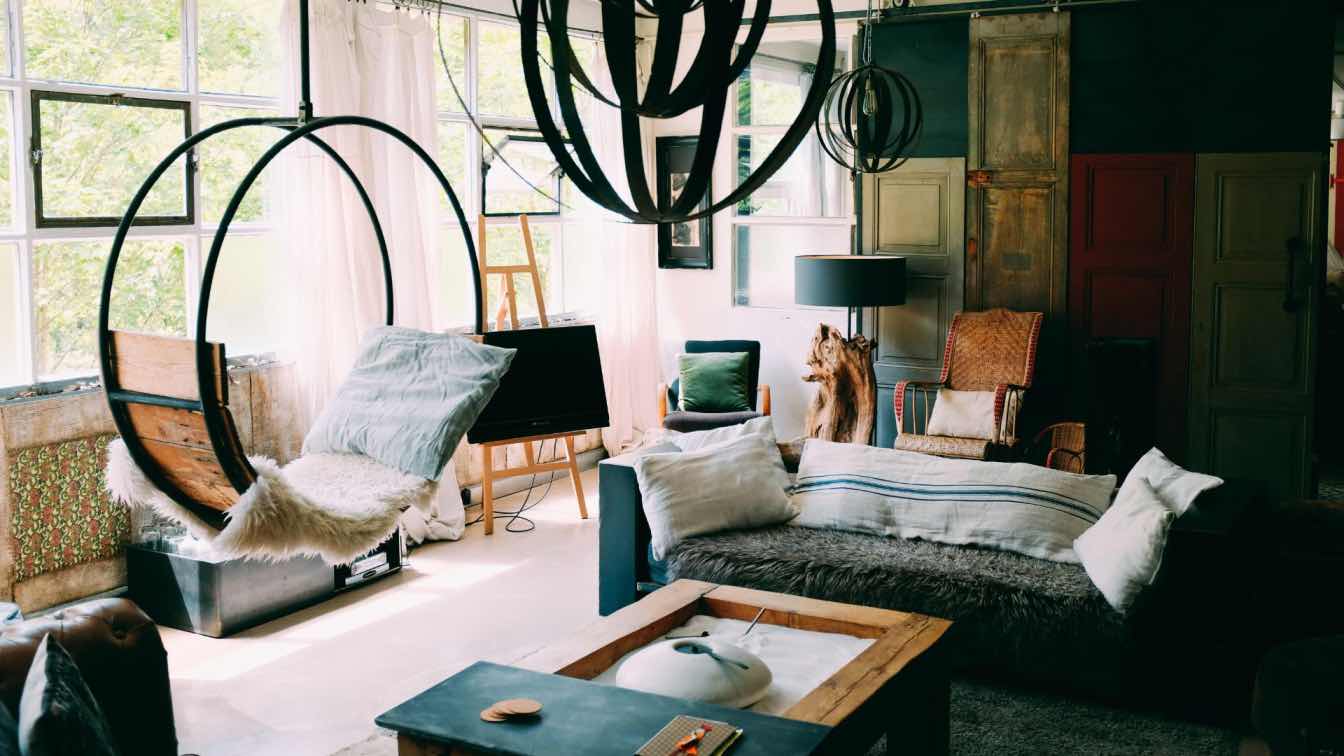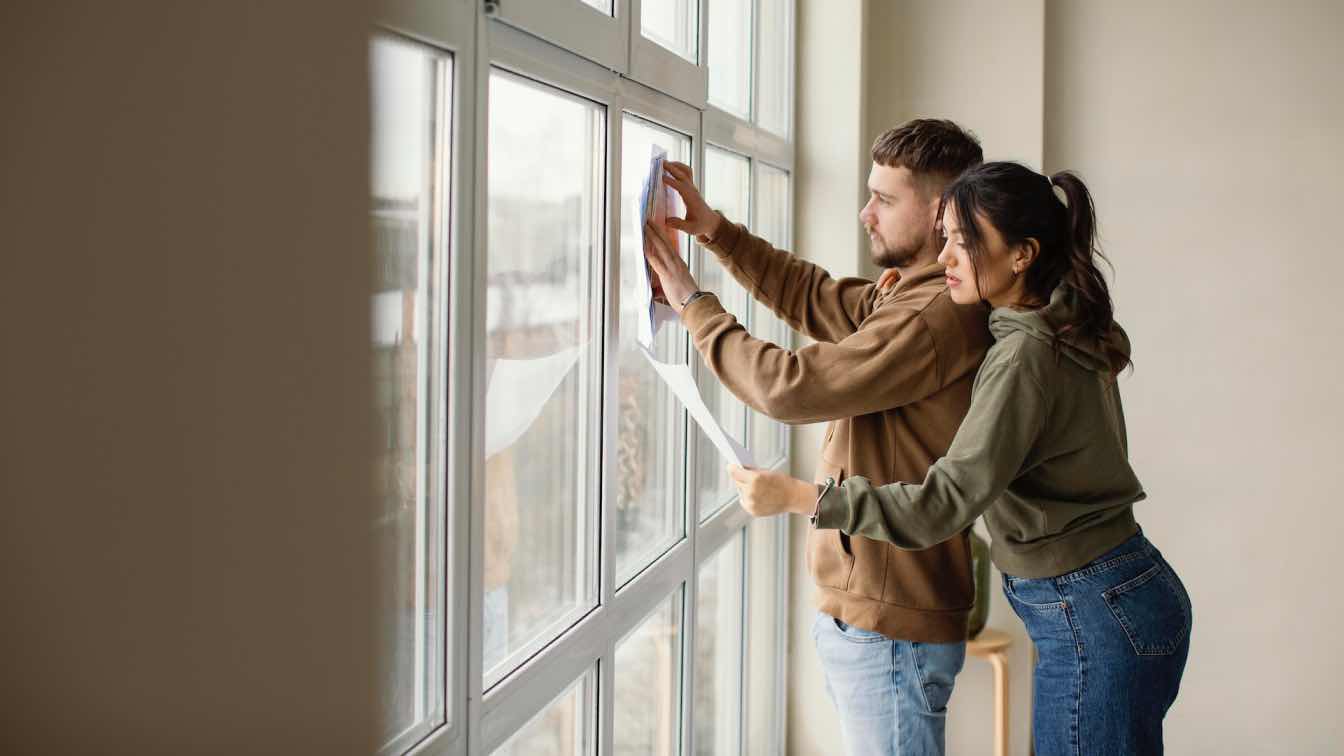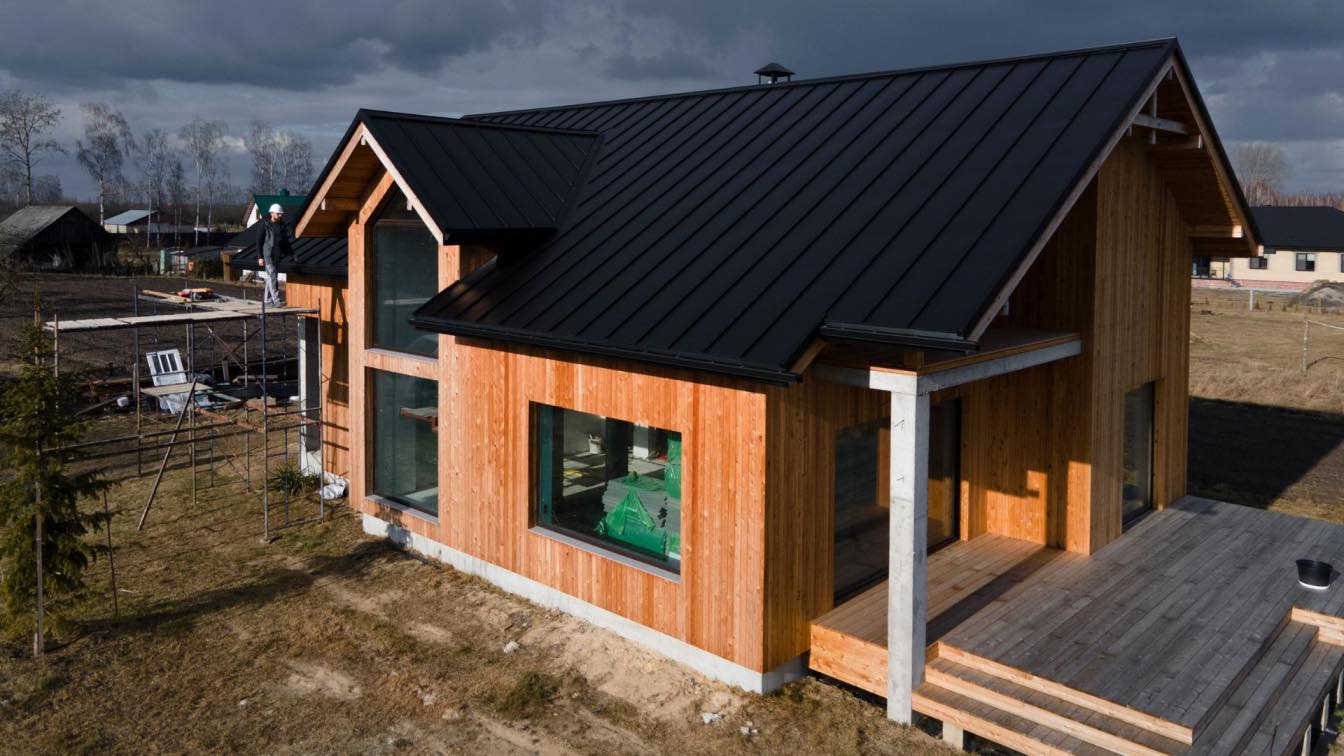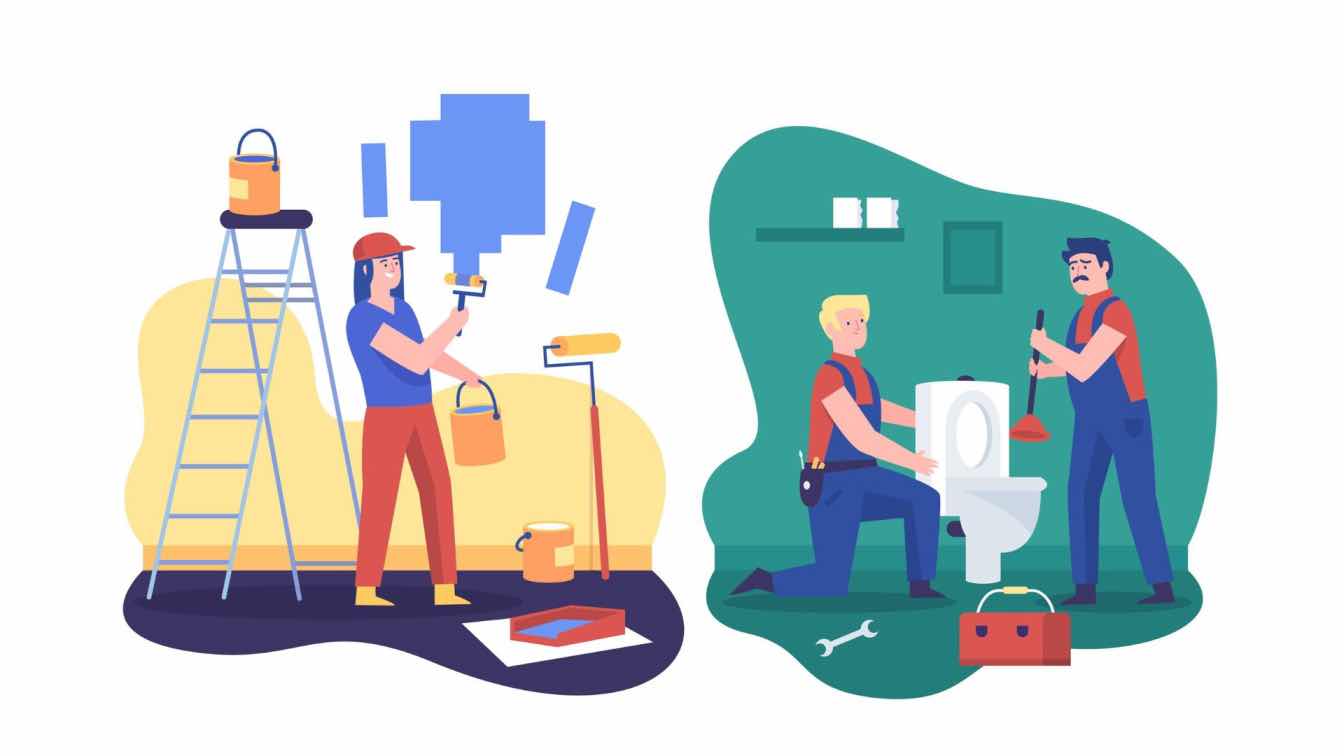Creating a personal oasis for creativity within the home has become an essential pursuit for many. A dedicated artistic space at home not only provides a haven for imagination and innovation but also nurtures the soul.
Recognizing this, there’s a growing trend among homeowners to carve out unique studios and creative areas during their home renovations. These spaces are tailored to inspire and facilitate artistic expression, reflecting a deep understanding of how our environments influence our creative processes.
Understanding the Needs of Your Creative Space
To effectively design a creative space that meets your needs, it's crucial to pinpoint the nature of your artistic drives. Whether your passion lies in painting, music, writing, or another form of creative expression, each activity demands a unique set of considerations.
For instance, painters might require ample natural light and space for easels and canvases, while musicians need soundproofing and enough room for instruments and recording equipment. Conversely, writers may prioritize a quiet, cozy corner with plenty of natural light to stimulate thoughts and ideas.
Beyond the specifics of each art form, the universal importance of natural light and proper ventilation cannot be overstated. These elements not only enhance the aesthetic appeal of the space but also promote a healthier environment, reducing the risk of fatigue and boosting overall creativity and productivity. Tailoring your creative area to accommodate these needs ensures a functional, inspiring sanctuary tailored to your artistic pursuits.
Of course, when planning these creative spaces, understanding the financial aspect is equally important. If you want to opt for traditional financing or more convenient modern loan providers, go on and visit creditninja.com. They can offer the necessary support to bring these artistic visions to life, ensuring that financial constraints don't hinder creativity.
Planning Your Studio Space
When planning your studio space, selecting the right location within your home is essential. An area that fosters both creativity and productivity should be prioritized. Implementing design considerations such as ergonomic furniture can significantly improve comfort during long hours of work, enhancing creative flow.
Additionally, incorporating storage solutions for art supplies and instruments keeps the workspace organized and conducive to creativity. For music studios, soundproofing is essential not only for the quality of the work produced but also for maintaining harmony with other household members. These elements combined create an optimal environment for artistic endeavors.
Aesthetic Elements and Inspiration
Aesthetic elements play a crucial role in nurturing creativity within your studio space. Color schemes can influence mood and inspire creativity, with vibrant hues sparking imagination and softer tones fostering concentration. Adorning your space with inspiring art and decor can be a constant source of motivation and fresh ideas.
Furthermore, integrating plants and natural elements not only purifies the air but also introduces a sense of calm and connection to the outdoors, which has been shown to boost creativity. These thoughtful touches transform your studio into a haven of inspiration and productivity.
Technical Aspects of Designing a Creative Space
The technical aspects of designing a creative space are as important as the aesthetic ones. For artists, as already mentioned earlier, lighting is essential. Adjustable lighting options accommodate the varying needs of painters, sculptors, and digital artists, ensuring their work is seen in the best light.
Acoustics is key for musicians and recording artists, where sound-absorbing materials and strategic layout planning can significantly improve sound quality. Proper ventilation is non-negotiable for those engaged in painting, crafting, or any art form involving chemicals to ensure a safe working environment. Incorporating these technical considerations creates a space that inspires creativity and supports the health and well-being of the artist.
Making the Most of Small Spaces
Maximizing small spaces requires innovative solutions to keep creativity flowing. To achieve this, one can start by incorporating multi-functional furniture that serves dual purposes. For instance, a foldaway desk or a storage ottoman saves space and offers the convenience of transforming the area according to need. This adaptability is crucial in maintaining a clutter-free and versatile creative zone.
Moreover, creative storage options, like wall-mounted shelves or pegboards, keep supplies organized and within reach yet out of sight. For those needing a flexible studio, consider a mobile or temporary setup. Portable easels, rolling carts, and modular storage can transform any multi-use area into a productive studio space. These strategies allow artists to make the most of their environment, regardless of size, ensuring that space limitations never constrain creativity.
Wrapping Up
Carefully curating an environment that resonates with your personal aesthetic and functional needs can transform your space into a powerful catalyst for creativity. This tailored approach ensures that every element of your studio inspires and supports your artistic journey. Furthermore, carving out a dedicated space for your creative work goes beyond mere convenience. It symbolizes a commitment to your craft. This commitment can profoundly impact your psychological well-being, providing a sanctuary where stress is alleviated and imagination flourishes.





